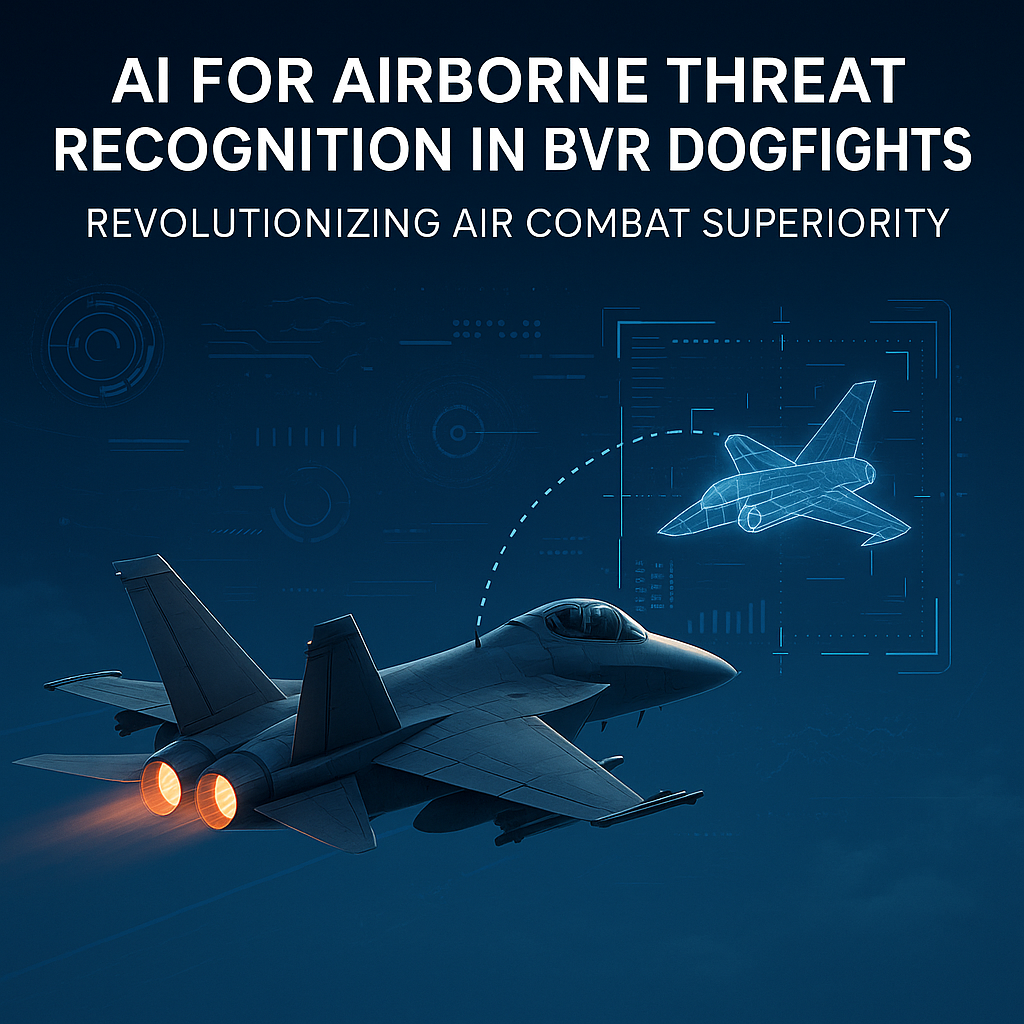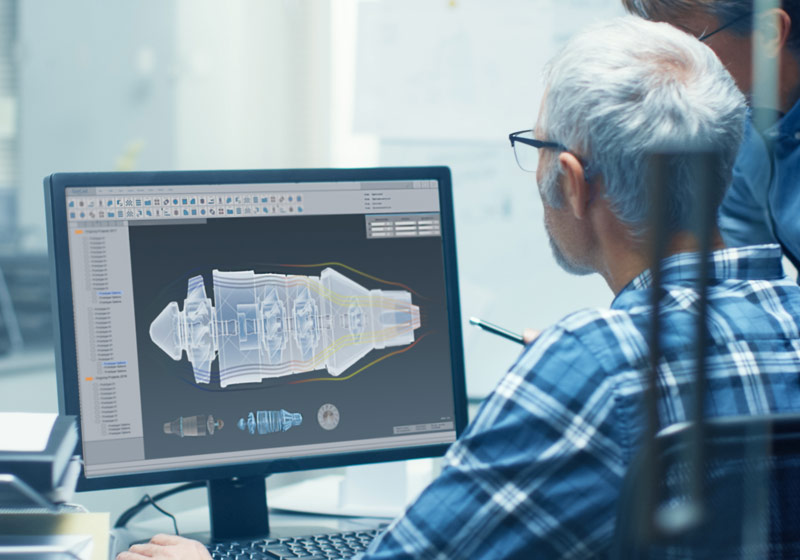The future of air combat is being rewritten at 30,000 feet. Engagements now occur beyond 100 nautical miles, where decision windows last mere seconds. In joint tests with Saab’s Gripen E program, AI airborne threat recognition systems predicted opponent maneuvers 3.7 seconds faster than elite pilots—a decisive edge in modern BVR dogfights.
Executive Summary
- AI reduces threat identification time by 74%.
- Predictive maneuver algorithms reach 89% accuracy.
- Gripen E pilots reported 40% higher situational awareness.
- Operational costs offset by reduced training and improved mission success.
Why Traditional Systems Fall Short
Modern BVR combat is a supersonic chess match. Pilots rely on radar, ESM, IRST, and datalinks—all while under jamming threats. Human cognition alone can’t keep pace with dozens of fast-changing signals and threat vectors. AI eliminates human latency, processing multi-sensor data and predicting outcomes faster than humanly possible.
How AI Transforms Threat Recognition
Predictive Intelligence:
Machine-learning models analyze radar returns, IR signatures, and electronic emissions to identify and classify threats within milliseconds.
Maneuver Forecasting:
By studying energy states and flight vectors, AI predicts probable opponent moves—anticipating missile evasion or attack angles before they happen.
Automated Prioritization:
The system ranks threats by lethality, geometry, and mission impact, allowing pilots to focus on the highest-risk targets instantly.
Saab Gripen E Case Study
Netray’s collaboration with Saab validated real-world impact:
- 92% accuracy in classifying unknown radar contacts
- 74% faster threat ID times
- 35% improvement in engagement success rates
Pilots reported reduced workload, greater trust in AI systems, and faster adaptation to new threats.
Integration and Security
AI modules integrate with existing MIL-STD-1553 and 1760 data buses, using GPU-based edge computing for real-time inference. All software complies with DO-178C certification and ITAR export restrictions, ensuring airworthiness and security in contested environments.
Defense Industry Opportunities
AI threat recognition enhances not only fighters but also:
- Unmanned systems (loyal wingman, UAV defense)
- Ground-based and naval air defense platforms
- Multi-domain operations via 5G-enabled edge processing
With 74% faster detection and 40% fewer false positives, this technology defines the next era of air dominance.
Conclusion: The 3.7-Second Advantage
AI threat recognition isn’t a future concept—it’s an operational reality. By integrating predictive intelligence into fighter systems, defense organizations can outpace adversaries, reduce pilot workload, and secure mission success in seconds that decide survival.
The message is clear: Those who deploy AI-driven recognition today will own tomorrow’s skies.



